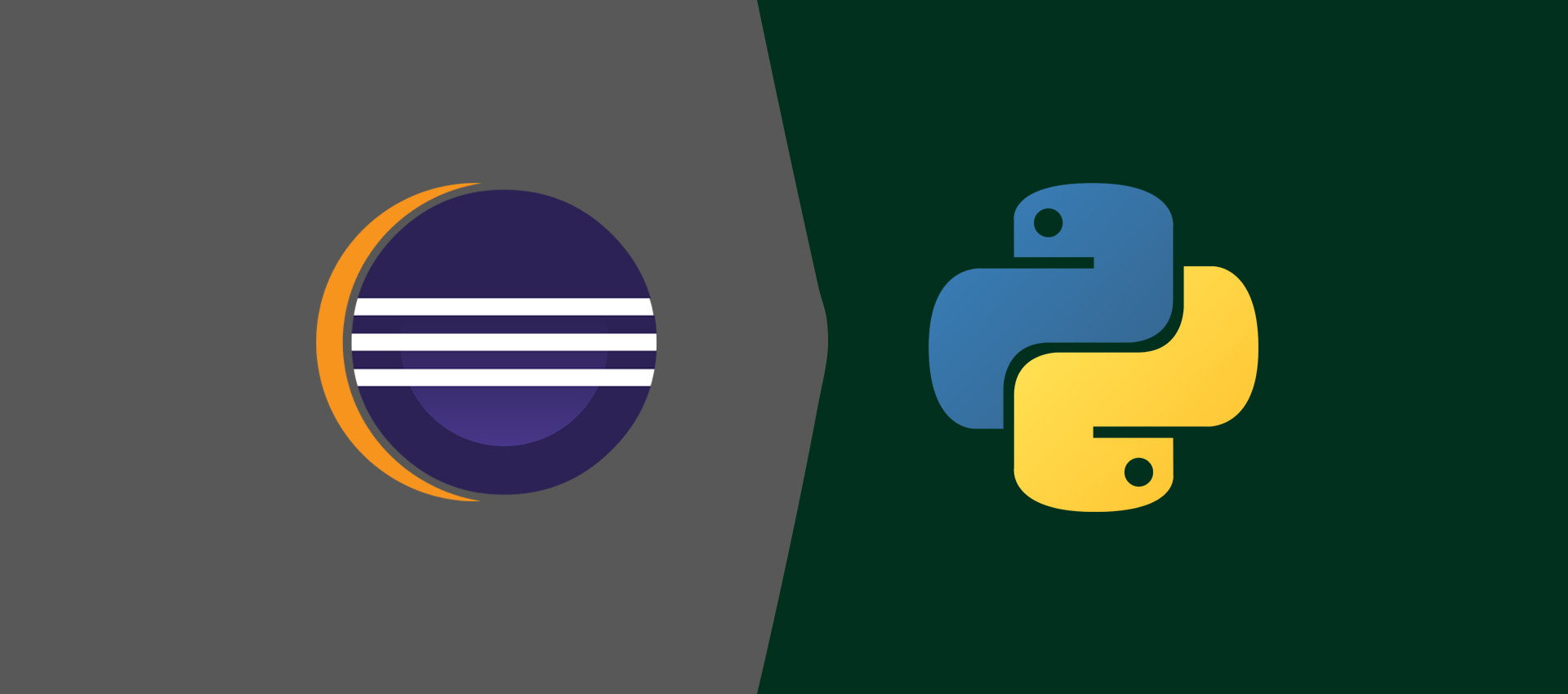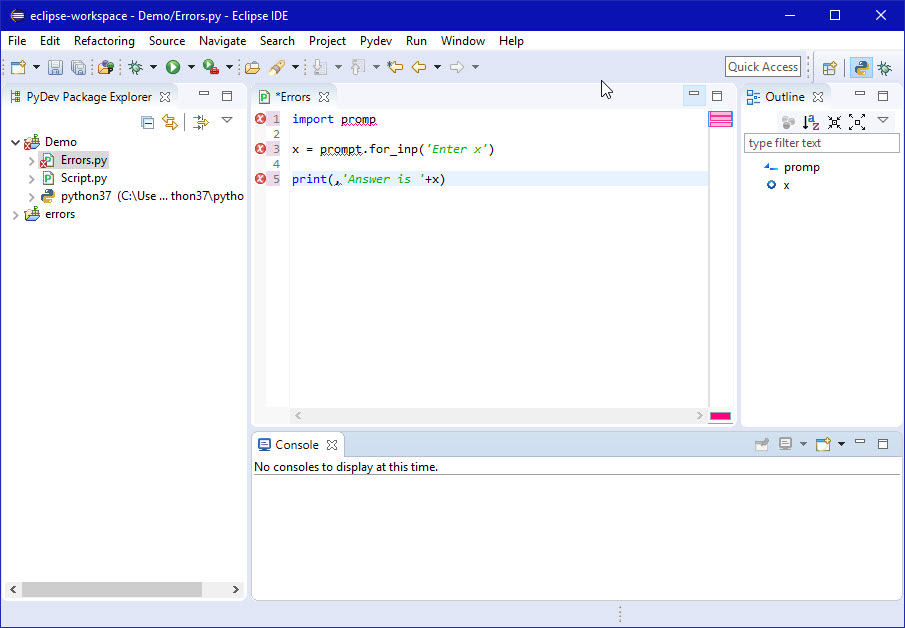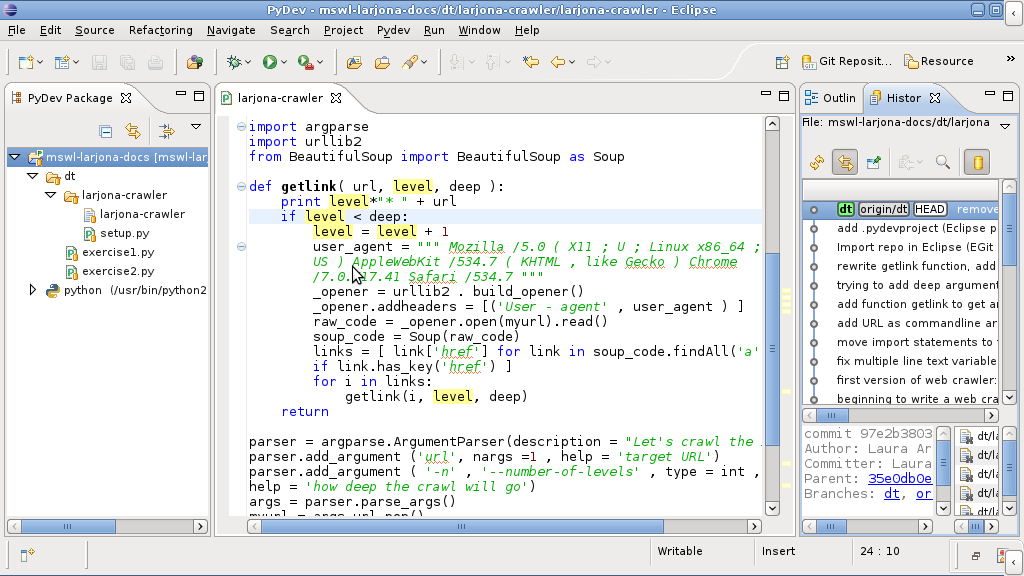
Using base prefix '/Users/moshe/.pyenv/versions/3.7.3' With this toolchain, you can set up multiple projects and switch between them, depending upon what you're working on at that moment: er_scripts creating /Users /moshe /.virtualenvs /get_env_detailsįrom now on, all your work should be in a virtual environment, allowing you to use temporary environments to play around with development safely.

er_scripts creating /Users /moshe /.virtualenvs /postactivate er_scripts creating /Users /moshe /.virtualenvs /preactivate er_scripts creating /Users /moshe /.virtualenvs /postdeactivate er_scripts creating /Users /moshe /.virtualenvs /predeactivate er_scripts creating /Users /moshe /.virtualenvs /postrmvirtualenv er_scripts creating /Users /moshe /.virtualenvs /prermvirtualenv er_scripts creating /Users /moshe /.virtualenvs /postmkvirtualenv er_scripts creating /Users /moshe /.virtualenvs /premkvirtualenv er_scripts creating /Users /moshe /.virtualenvs /initialize er_scripts creating /Users /moshe /.virtualenvs /postmkproject er_scripts creating /Users /moshe /.virtualenvs /premkproject You want pyenv to run every time you open your prompt, so include the following in your configuration files (by default on MacOS, this is. You want pyenv, "a tool for simple Python version management," that can be installed on many operating systems. Homebrew will give you a version of Python, but the version you get will be out of your control if you let the tool manage your environment for you.
#Install eclipse for python on mac install#
Naively, you might think that you next brew install python or something. Once this is done, congratulations, you have an excellent package management tool in Homebrew. If you, like me, have trust issues with arbitrarily running scripts from the internet, click on the script above and take a longer look to see what it does.

Next, install Homebrew by executing the following Ruby script from the internet: ruby -e " $(curl -fsSL )"

This step is required on MacOS to set up local development utilities, including "many commonly used tools, utilities, and compilers, including make, GCC, clang, perl, svn, git, size, strip, strings, libtool, cpp, what, and many other useful commands that are usually found in default Linux installations," according to OS X Daily. Click to confirm, and you'll be all set with a basic development environment. Preparationįirst, open a terminal and enter xcode-select -install at its cold, uncaring prompt. Here is the best way to do it (although we have written about other ways to manage Python environments on MacOS).
#Install eclipse for python on mac mac#
If you're a Python developer and a Mac user, one of your first tasks upon getting a new computer is to set up your Python development environment.

Running Kubernetes on your Raspberry Pi.A practical guide to home automation using open source tools.6 open source tools for staying organized.An introduction to programming with Bash.A guide to building a video game with Python.


 0 kommentar(er)
0 kommentar(er)
